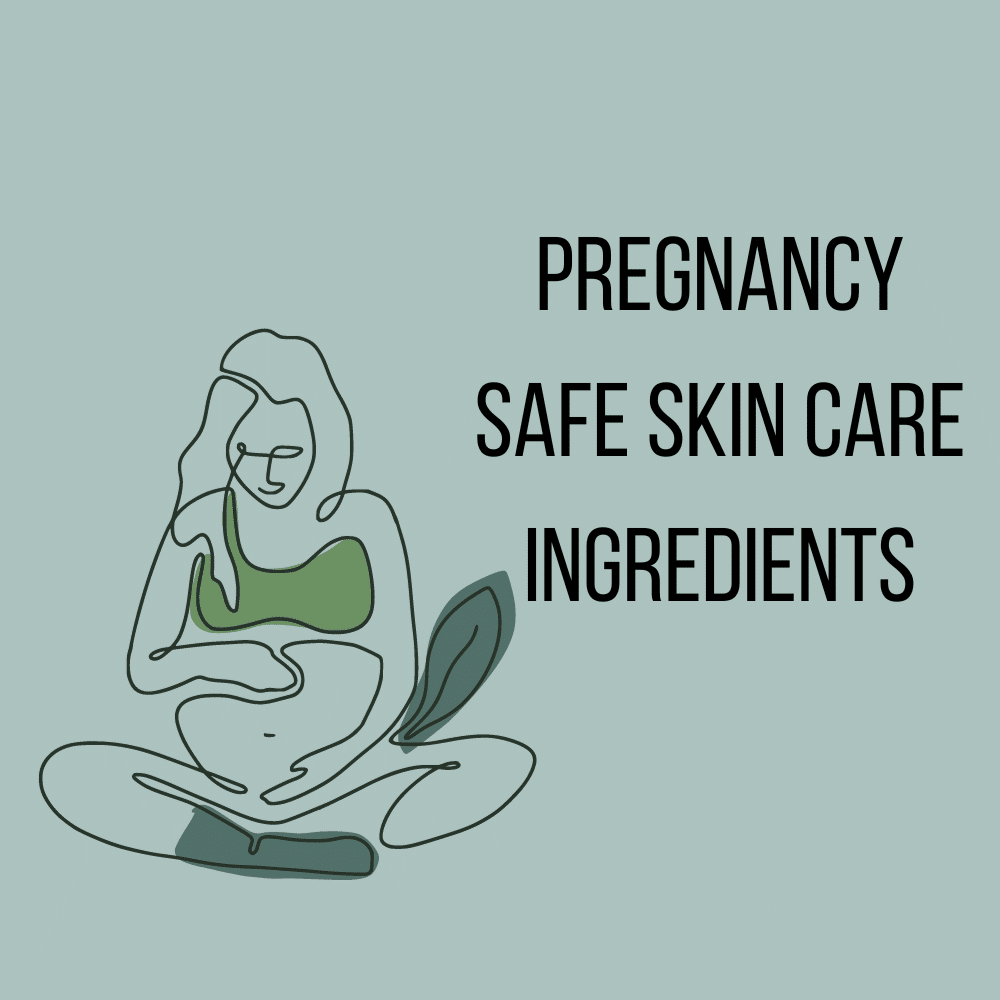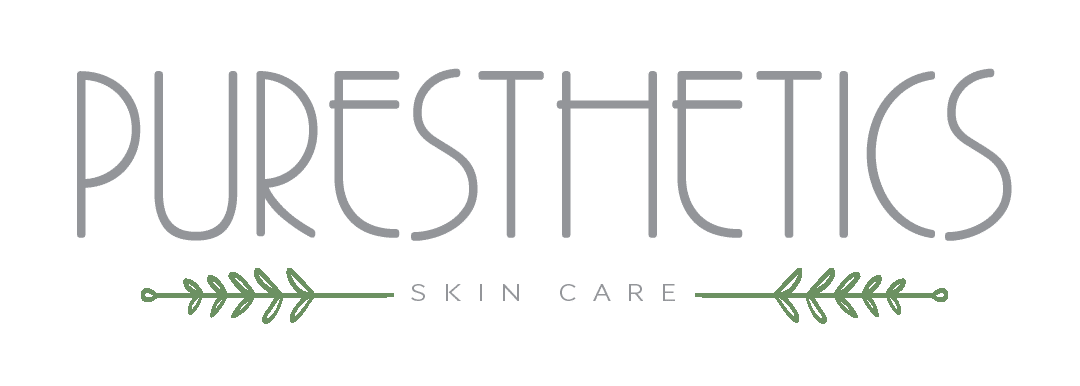
Our Blog

Pregnancy Safe Skin Care Ingredients
Pregnancy Safe Skin Care Ingredients
Pregnancy is equal parts serenity, joy, anticipation and panic. Between the parade of emotions and all the prep, you don’t have much time to think about your skin. But with hormones in overdrive, it’s unlikely your skin will let you cruise through this time without a few surprises. You might find your skin breaking out even if your skin is normally clear. You could also experience rosacea or melasma.
Some of the products you might normally turn to target these issues are off limits during pregnancy and nursing as they can be absorbed into the bloodstream and may pose a risk to your baby. Fortunately, the FDA provides a pregnancy-safe rating system to help in this regard. Their scale is A, B, C, D and X, A being no risk, X being off limits.
Here’s a quick rundown to help you determine what’s okay and what’s “no way.”
Retinoids
Even though vitamin A is required for proper development of the fetus, too much is not good for baby. Excess Vitamin A during pregnancy is linked to birth defects and liver toxicity. You get plenty from your diet. This is not the time to add it topically. Any form of vitamin A—Retin A, retinyl, retinol, retinoid—is off your list, Mama.
Tezorac and Accutane
These prescription acne-fighters are totally off the table. The FDA lists them as category X on the pregnancy-safe scale.
Benzoyl Peroxide
Some doctors consider it safe in small amounts during pregnancy. Others say no. The FDA puts it in category C, possible risk to fetus. Studies indicate that, when applied topically, only 5% of BP is absorbed through the skin, and then it is completely metabolized to benzoic acid within the skin and excreted unchanged in the urine. We always like to err on the safe side, so while BP is highly effective for treating acne, it might be wise to choose an alternative during pregnancy and nursing, or at least significantly limit your usage.
Salicylic Acid
This beta hydroxy acid appears in the ingredient list of many acne creams and washes. Salicylic acid is a class C on the FDA pregnancy rating scale but is a metabolite of aspirin, which is a class D, and it is absorbed through the skin. No studies with salicylic acid have been done on pregnant women. Used topically, in small amounts, it’s considered safe, but I would err on the side of caution and avoid. I use this BHA very sparingly in the office. Some skin types work well with this acid and it works great on specific conditions such as Rosacea. It’s not my go to in treating acne and inflammation but I absolutely love it mixed with other acids in chemical peels. Once the baby is born and the doctor gives you clearance, we can begin doing peels again to combat anything that popped up during pregnancy.
Hydroquinone
Used for skin lightening, hydroquinone has a fairly high absorption rate —35% to 45%. While only one study has been done involving its use during pregnancy and that was not conclusive, the high absorption rate warrants added caution. While it rates a C on the risk scale, my advice is to avoid hydroquinone during pregnancy and nursing.
Soy
Soy-based products have an estrogenic effect, which can make acne and melasma worse. Look for “active soy” products that have had the estrogenic components removed. I’m not a fan of Soy as a whole but it’s kind of hard to avoid these days, it seems to be in everything we eat.
Top Pregnancy Safe Skin Care Choices!
Mandelic Acid
Alpha hydroxyl acids (AHAs) including lactic and glycolic are safe for use during pregnancy and nursing. These natural exfoliators help to stimulate cell renewal and collagen production. But one AHA is unique among others and is our top choice for pregnancy-safe skin care: Mandelic Acid. This is one of my favorites that I use every day. I use it in my cleanser, scrubs and serums. They range in strength from 5% – 15%. Most of my clients are on 5-8% serums but we can increase the strength if the skin is ready. The 15% is very strong and I usually don’t recommend it and if I do, it’s not for daily use. Maybe a few times a week.
Mandelic acid is derived from bitter almonds
This gentle AHA is a multi-tasking wonder that targets all your issues—acne, fine lines, and discoloration. Because of its larger molecular size, it’s absorbed more slowly into the skin so it’s less irritating than some other AHAs, so it won’t trigger post-inflammatory hyperpigmentation even in darker skin tones. It’s also a natural melanin inhibitor, making it ideal for fading hormonally-induced melasma.
Other Pregnancy-safe alternatives
Erythromycin
Topical erythromycin, an antibiotic that kills acne bacteria, is a B on the FDA scale, minimal risk. This topical acne fighting gel is a safe way to treat acne during pregnancy.
Sulfur
A natural mineral that fights bacteria and aids in shedding dead skin, sulfur has been used for centuries to treat skin conditions including acne, psoriasis, eczema, and rosacea. And it’s safe for use during pregnancy.
Vitamin C (Ascorbic Acid)
This essential antioxidant is critical to the synthesis of collagen and helps to keep skin glowing, clear and protected from UV radiation. It’s a great overall skin enhancer that can be used safely during pregnancy and nursing. Not for every skin type especially if you are acne prone or excessively oily but great for Normal/Dry skin. Can be used daily during the day.
Sunscreen
Since UV exposure can worsen melasma, sunscreen is a must. Choose physical sunscreens that contain titanium dioxide and zinc oxide don’t penetrate the skin. Avoid sunscreens containing oxybenzone.
If you have any questions or need help navigating your skin health, don’t hesitate to reach out! We are here to help.
xoxo

